Sometimes the market wasn’t right when they were proposed, or the technology wasn’t there to do it right. But as time passed, things could change. Most of the items remained on the shelf, but others had a second chance at getting into a catalog. One of these is the no. 37964 Archive Operating Freight Terminal.
What it is
The premise is straightforward. You have a station where freight is loaded (via conveyor belt). The structure is a simple and attractive enough in appearance to work as either a railroad structure or the loading arm of a trackside factory.
The transfer dock is great, though there is a bit of mystery about how cargo gets from the dock, into the office, and onto the belt. But, as we say, count the rails – this is still a satisfactory operating concept and it delivers fun.
Setup
I had one minor gripe with the item: Our freight station didn’t come with a manual or instruction sheet. Nor were they available (at this writing) on the Lionel website.
Well, I didn’t worry too much about this, since there are only two spots to connect the wire (one with black wire and one with red wire), and an on/off switch is clearly marked on the platform (though it is marked “off,” with arrows pointing to the left and right).
The next point that arose was how to place the operating freight station.
If you use FasTrack and you place the base of the track next to the base of the station, you can position a boxcar with an open door at the end of the belt and leave it there. You won’t be able to remove the car because the belt extends into the body of the car through the door frame.
If you plan to move cars past the accessory, you’ll need to position it back to the point where it looks convincing that someone inside the car is picking up the packages and stowing them.
You also have another option. Place the structure so freight cars are parked along the dock, and arrange the scene where the conveyor is moving the packages into another structure, say, a warehouse or small factory, or even a box truck.
However you arrange it, operation is simple. Connect a post supply to the connections on the underside of the structure and flick the switch.
Operation is fairly quiet, though I did hear a familiar sound, almost a crinkling noise. I looked at the conveyor and saw the holes on the side. I touched it, and it was the same sort of material that 35-mm film is made of. Great shade of my old Canon AE-1 camera!
Belt operation was very smooth. After a considerable amount of time eyeballing it, the speed seemed to be steady and was free of jerkiness.
This is a nicely designed and neat little structure. I think it would look at home on either a postwar or modern layout and we’re fortunate that this shelf queen shook off the dust of the Lionel archive and made it to the big time as an affordable and fun accessory.
Features: Operating conveyor belt, illuminated office





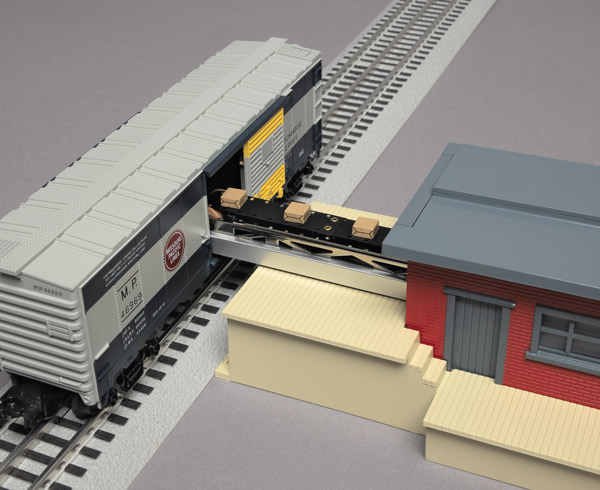

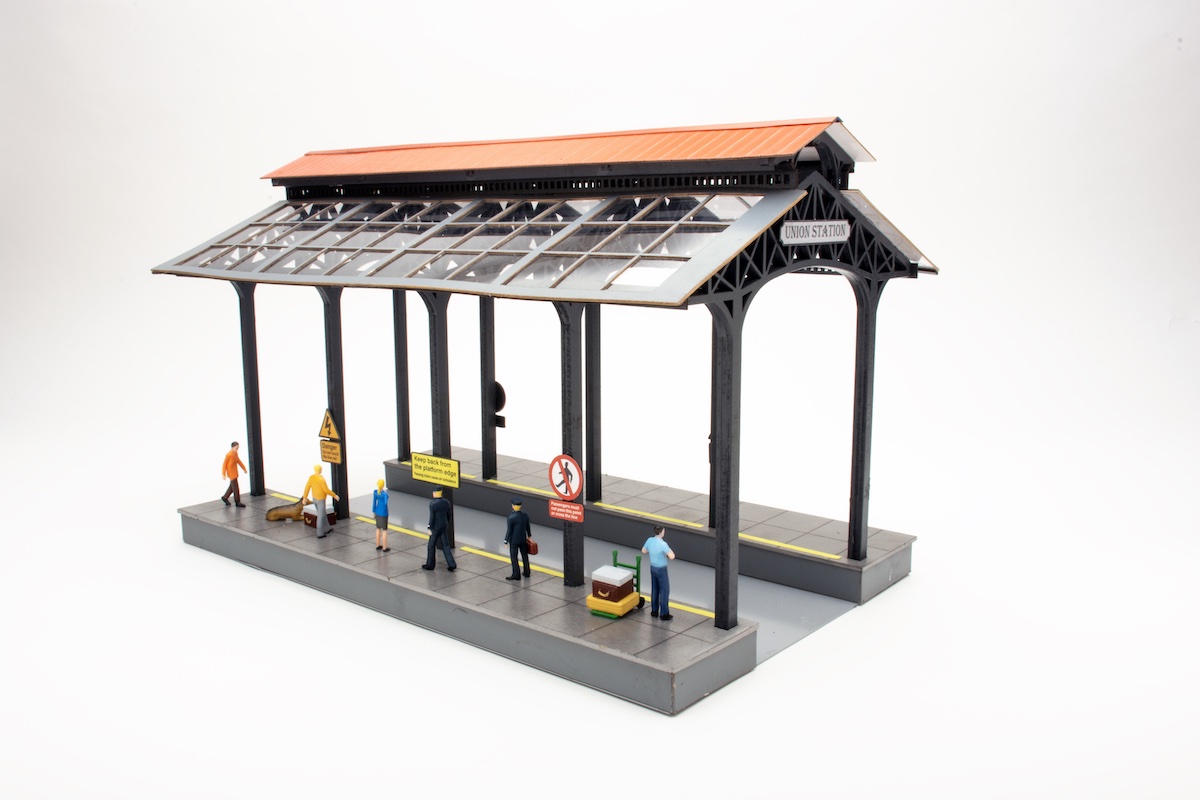
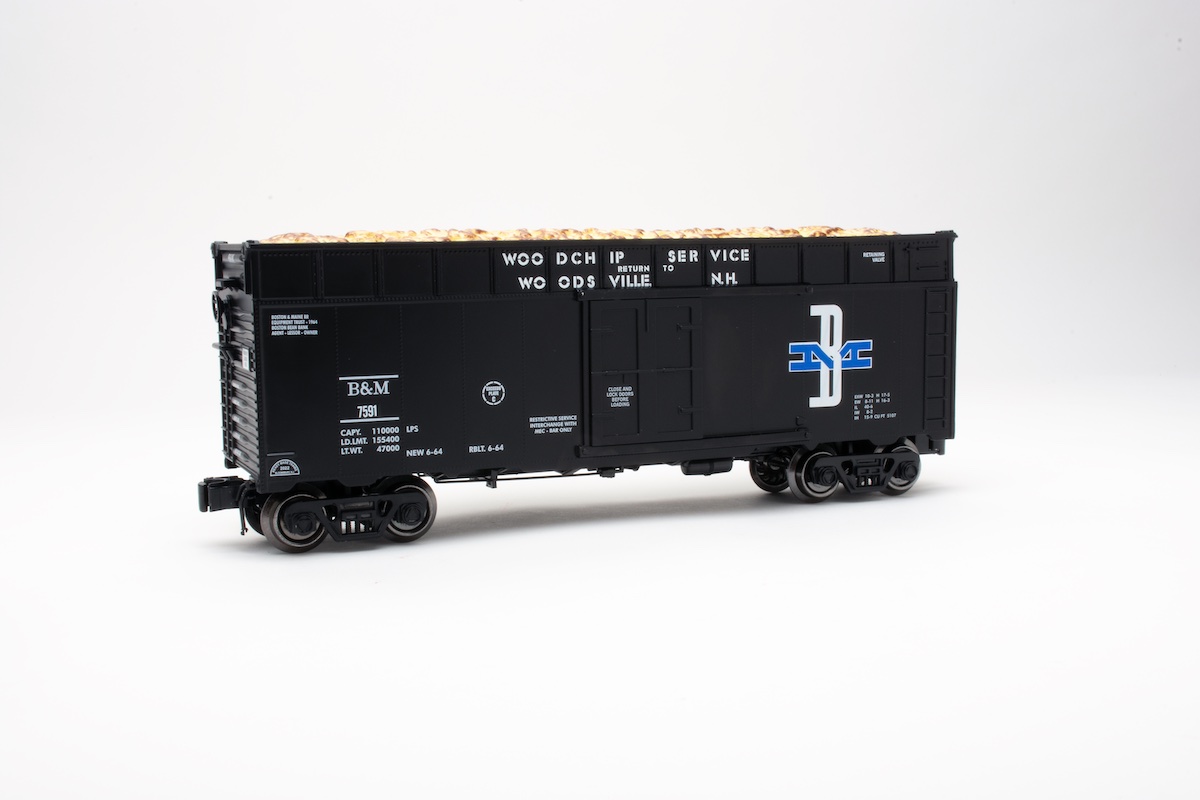
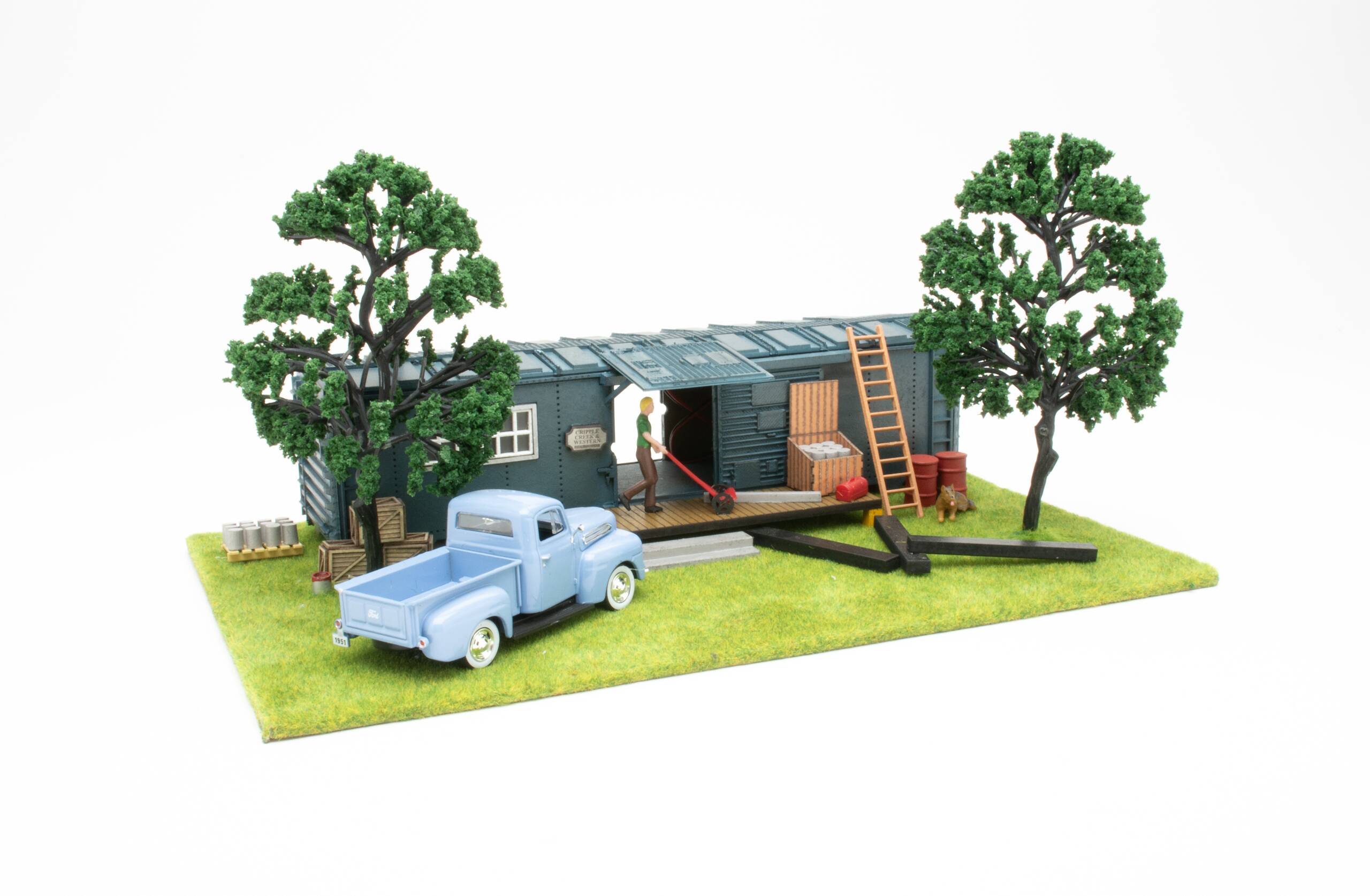
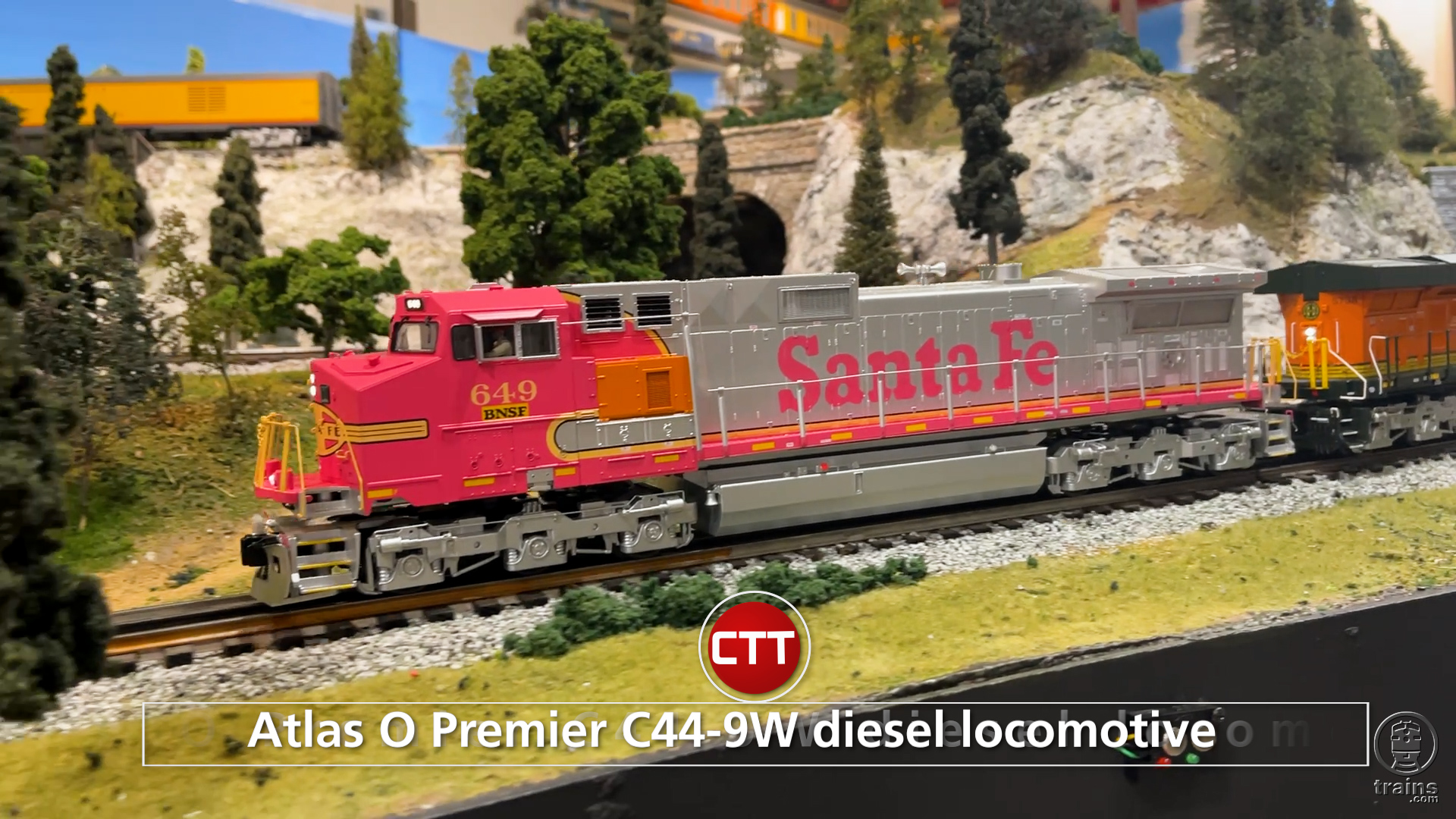




I stick with my Post War accessories. Good review, but way too pricey. Looks too "plasticky" and not enough heft or weight to it. It doesn't look like it would last.
If it is as durable as the modern era conveyor log loader, buyer beware! It will quickly become part of your junk box. Nothing like postwar accessories that are still working; today's are expensive to buy, doomed to early failure, impossible to repair in most cases.
Nice but too expensive for a simple item.
too expensive for a really non techincal accessary. around 59 to 69 dollars for something made in china.
Much too expensive !
Seem like a nice accsessory but is a little pricey.